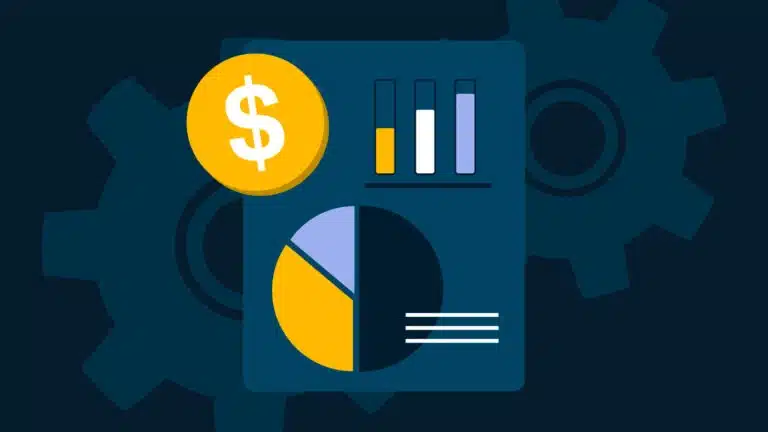Easing the Headache: Improving Credit Card Reconciliation with Automation
With the exception of maybe a few mom-and-pop retailers, rarely, if ever, will you run across a business today that doesn’t accept credit cards. Whether real or virtual, cards aren’t just an added element of convenience for employees, nor is it just an expectation. It adds some much-needed flexibility to operations. As with anything in business, however, credit cards do come at a cost—and we’re not just talking monetarily. The credit card reconciliation process can be taxing, especially as a business grows. In fact, many companies still reconcile credit card expenses manually, sifting through card statements and spreadsheets.
For one, manual processes are prone to human error. Transpose one single digit or decimal point, and the financial implications can be astounding. Then, there’s the simple matter of credit card details being shared between team members, if not departments, for smaller organizations. Marketing could have one card, and IT could have another, and so on. If not, it can be difficult for a finance team to discern between personal expenses and those directly related to the business when there are multiple cards floating about. It takes a lot of back-and-forth communication to even start the credit card reconciliation process.
Besides, manual processes in and of themselves are time-consuming, made even more so when the finance team must verify potential policy violations. Should a card be passed from one employee to the next for any number of transactions, the finance team never knows who to consult to verify a purchase or collect a missing receipt.
Complicating matters further is the mere fact that businesses work with siloed systems. Credit cards are often managed separately from invoices, purchases, and other payments—which means a lack of control and visibility into the finances of an operation.
Implications of Traditional Cards on Long-Term Business
Though you should trust your employees to do the right thing, company cards often lack the controls and approvals required to prevent fraudulent transactions. It can be difficult for finance teams to catch questionable activities—and, more often than not, they’ll only come to light after the fact.
Company cards also lack the ability to set and adjust spend, select approved vendors, and establish usage limits for card users. This means purchasing can happen without controls or limits. What’s to stop someone from using a shared corporate credit card to buy themselves a new flatscreen if the purchase was made at a retailer your company normally frequents? Nothing, really.
Viable Alternative to Traditional Credit Cards
Having a larger accounts payable automation platform that offers virtual card solutions is essential to implementing more control over the usage of company cards. Technology platforms relieve your finance team of this manual task and help your company become aware of any internal or external fraud.
Making changes to your credit card policies can be relatively straightforward with the addition of virtual cards to your automated payables workflow. Employee-friendly virtual cards allow you to issue strict controls over usage and reduce fraud via a payables solution that centralizes spend, improves visibility, and enables automatic reconciliation.
Think of it as a payables automation benefit that pulls together all credit card transactions into a single platform. That single source of truth doesn’t just provide greater controls but clearly associates transactions with every employee. Your finance teams know exactly who’s spending what, when, and where—and can ask for additional details when needed.
Virtual cards also afford your business the opportunity to automate credit card reconciliation processes, as card transactions are automatically captured and processed like other payment methods in the back end. No more chasing down internal stakeholders to collect supporting documents or to commence with manual ERP data entry. The entire process is handled via the platform, leaving the finance team to devote more of their attention to value-added activities. After all, the finance function can provide the insights necessary to drive growth in the business as long as they have the room to do so.
So many headaches are involved with ensuring the finances are in order for a business. The last thing you want is to add even more problems by leaving the credit card reconciliation process to chance. Explore the idea of virtual cards to improve the visibility, accuracy, and timeliness of your financial data.




